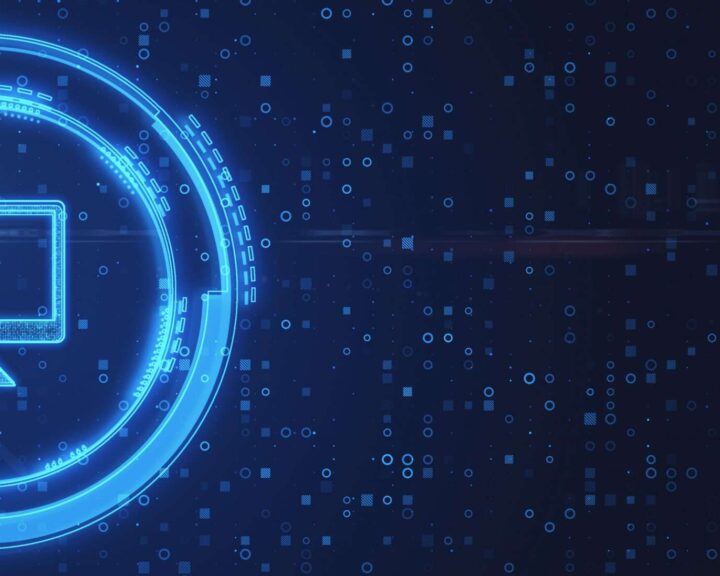
Mastering visual data is at the heart of every large enterprises’ digital transformation, but the challenges before enabling visual intelligence applications are barriers of entry for many businesses. The complex underlying technology stack necessary to enhance digital skills is often too complicated, expensive, and far from core business to make sense.
Prerequisites such as elastic computing and storage capacity are costly and require skill sets atypical with previous software. Those that do enter find they still need multiple services to develop, deploy, and operate AI and IoT applications at scale. Alteia solves these challenges by making the required accessible infrastructure.
Architecture, technical features and benefits.
The Alteia platform is uniquely powerful as it enables rapid development and deployment of visual intelligence applications at scale. These applications are flexible, easily upgraded, and can be ported across various cloud platforms with little to no modification. At Alteia, we provide solutions that future-proof your investment in enterprise A.I and IoT application development, with a fraction of the resources and time required for alternative approaches.
Massive amounts of data, many sources.
With A.I you can make sense of vast quantities and varieties of visual data. The machine is capable of indexing it automatically, structuring the database. Then, it can be mobilized to answer specific questions about the past or present, and sometimes future, state of industrial assets. Thus, it becomes possible to capitalize on visual data aggregation. But visual data is not the only type of data available for assessment. For instance, IoT is a powerful source of insight once contextualized. Visual data is technically the most complex; however, to be complete, the software stack must ingest all other data types coming from the field. The challenge lies in finding a common thread amongst data that does not speak the same language, for example, different data formats, natures, time samplings, etc. With the creation of a model: a representation of a physical thing associated with rules that describe its behavior, it suddenly becomes possible. Now, any inflow of data can be used to update the model’s current state with respect to the rules. In this way, you can reconcile all data types; even though they do not speak the same language, they now all speak to the model.
Toward smart industrial operations.
Once you have accumulated sufficient data over time, you have a complete picture of the past. With enough history, you can predict the future; fundamentally, the models become predictive over time. Then, they can be used to run simulations and optimize the complete operation and maintenance chain. Just like that, visual data management becomes the cornerstone of your digital transformation.




